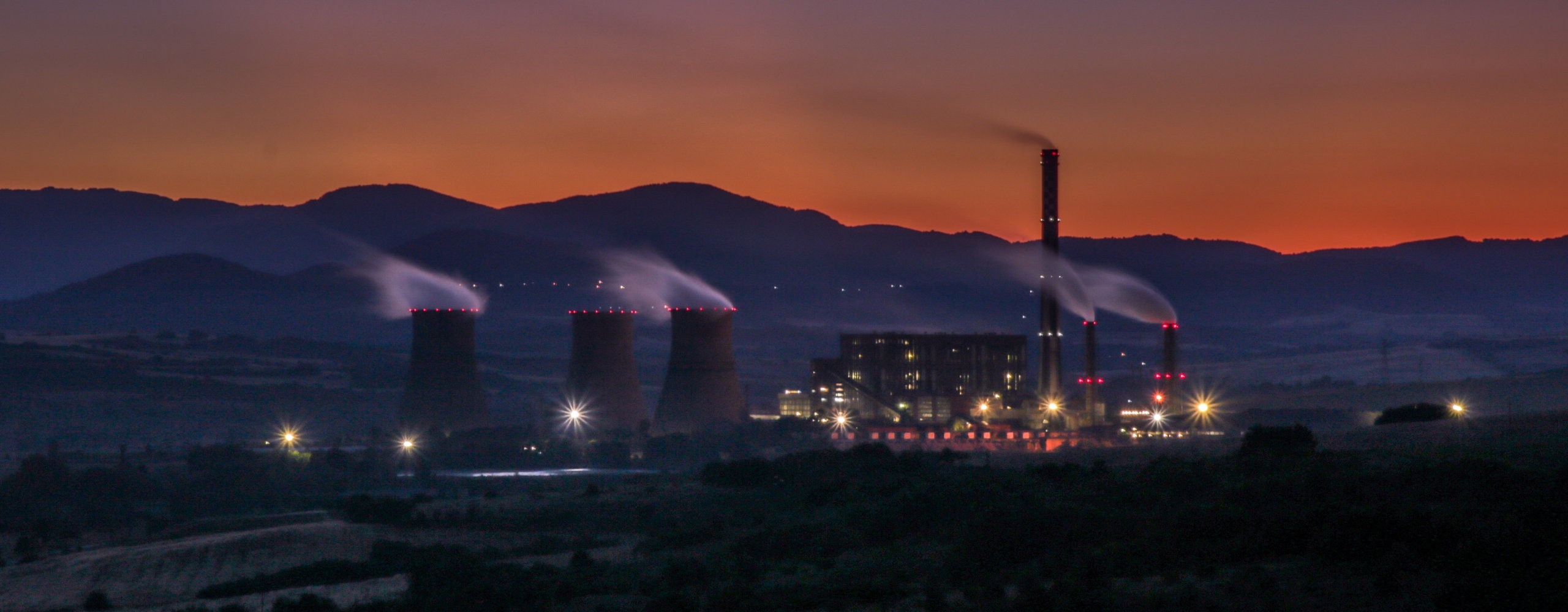GPR-inferred fracture aperture widening in response to a high-pressure tracer injection test at the Äspö Hard Rock Laboratory, Sweden
Justine Molrona,c, Niklas Lindeb,*, Philippe Davyc, Ludovic Baronb, Caroline Darcela,
Jan-Olof Selroosd, Tanguy Le Borgnec, Diane Doolaeghea,c
a Itasca Consultants S.A.S., 29 Avenue Joannes Masset, Lyon 69009, France
b Institute of Earth Sciences, University of Lausanne, Géopolis UNIL, Quartier Mouline, 1015 Lausanne, Switzerland
c Univ Rennes, CNRS, Géosciences Rennes, UMR 6118, 263 Avenue Général Leclerc, Rennes 35042, France
d Swedish Nuclear Fuel and Waste Management Company (SKB), Evenemangsgatan 13, Box 3091, SE-169 03 Solna, Sweden
Abstract
We assess the performance of the Ground Penetrating Radar (GPR) method in fractured rock formations of very low transmissivity (e.g. T ≈ 10−9–10−10 m2/s for sub-mm apertures) and, more specifically, to image fracture widening induced by high-pressure injections. A field-scale experiment was conducted at the Äspö Hard Rock Laboratory (Sweden) in a tunnel situated at 410 m depth. The tracer test was performed within the most transmissive sections of two boreholes separated by 4.2 m. The electrically resistive tracer solution composed of deionized water and Uranine was expected to lead to decreasing GPR reflections with respect to the saline in situ formation water. The injection pressure was 5000 kPa leading to an injection rate of 8.6 mL/min (at steady state) that was maintained during 25 h, which resulted in a total injected volume of 13 L. To evaluate the fracture pathways between the boreholes, we conducted 3-D surface-based GPR surveys before and at the end of the tracer tests, using 160 MHz and 450 MHz antennas. Difference GPR data between the two acquisitions highlight an increasing fracture reflectivity in-between the boreholes at depths corresponding to the injection interval. GPR-based modeling suggests that the observed increasing reflectivity is not due to the tracer solution, but rather to a 50% widening of the fracture. Considering prevailing uncertainties in material properties, a hydromechanical analysis suggests that such a degree of widening is feasible. This research demonstrates that field-scale in situ GPR experiments may provide constraints on fracture widening by high-pressure injection and could help to constrain field-scale elastic parameters in fractured rock.
Keywords: Ground penetrating radar; Surface-based method; Fracture; Tunnel; Nuclear waste disposal; High-pressure injection; Tracer test; Hydromechanics

